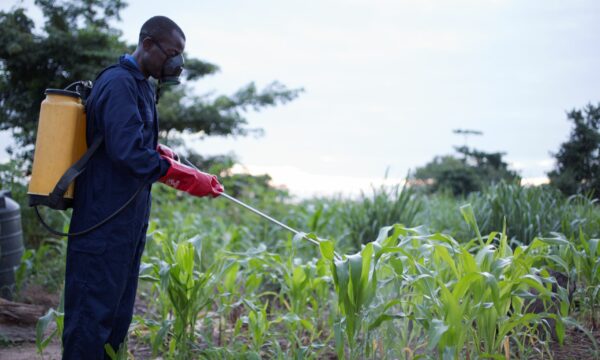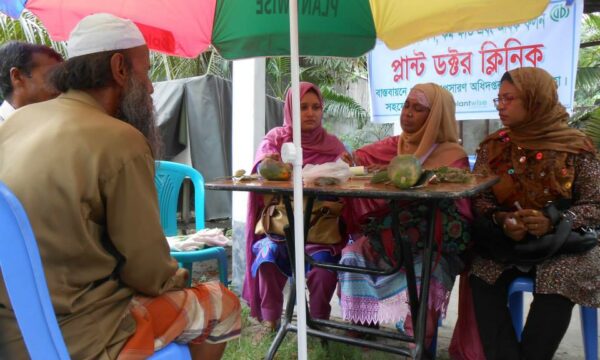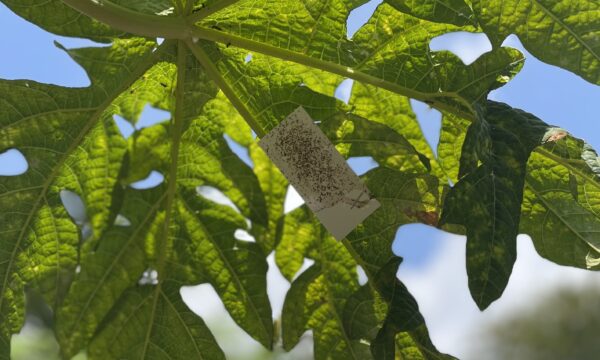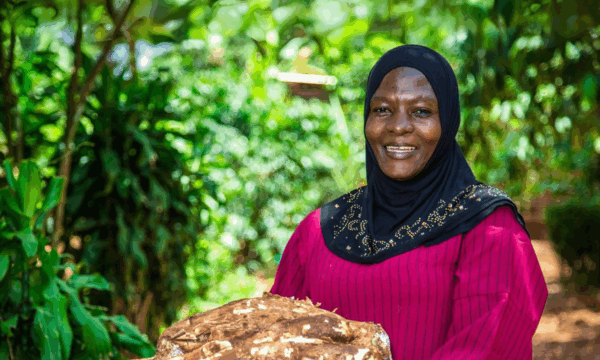Update [March 2013]: More information about the pests and viruses associated with Maize Lethal Necrosis disease can be found on the Plantwise Knowledge Bank.
In January this year, ProMed-mail reported an undiagnosed disease of maize that had been destroying farmers’ crops in the Rift Valley of Kenya since the previous September. The Ministry of Agriculture in Kenya swiftly took action to investigate the problem, and at the end of May, the Minister of Agriculture Hon. Dr Sally Kosgei announced their conclusions.
Investigation of the disease was a combined effort of many teams, including the Kenyan Ministry of Agriculture, KARI, KEPHIS, CABI, the UK Food and Environment Research Agency (FERA), and researchers from the USA. The disease was identified as a complex of Maize chlorotic mottle virus and Sugarcane mosaic virus, which together with a fungus cause this Maize lethal necrosis disease. The Minister gave many recommendations for short-term control of the disease, which can be seen in the video below. Long term solutions were also given such as breeding of maize varieties resistant to the disease, an updated early warning system, and awareness campaigns.
Dr Kosgei announced that the Ministry of Agriculture, in association with CABI, KARI, KEPHIS and other stakeholders, are setting up plant clinics to advise farmers on how to tackle the disease. Find out more about these plant clinics here.
3 Comments
Leave a Reply
Related News & Blogs
How do pest risk registers address the spread of plant pests in Africa?
Pest risk registers can help to solve problems in agriculture, addressing the growing global threat of plant pests. Moreover, changing weather patterns, led by rising temperatures, are causing them to reproduce faster and expand into new regions. In ad…
10 July 2025






Reblogged this on African Seed Network.
[…] there is hope that the disease can be controlled. A few weeks ago Abbie reported in her blog the positive news that the cause of this disease in Kenya has been identified and control measures […]
Good work for the start but more is required on control of vectors of MLND.
especially Frankliniella Williamsi and Rhopalosiphum maidis